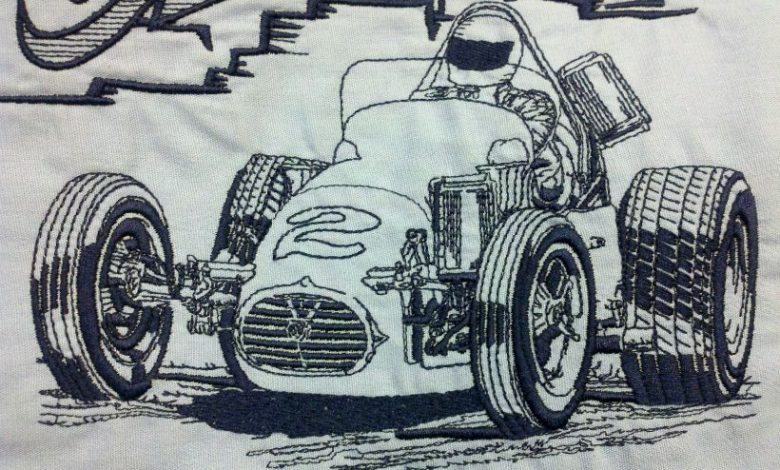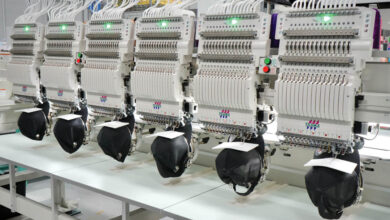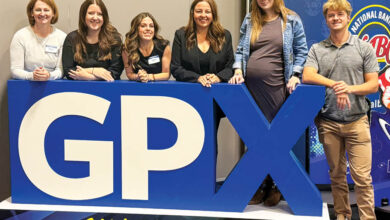What is a straight embroidery stitch?

A straight stitch is a line of repeated single stitches usually used for lines or details under .8mm in thickness. Beyond being able to set the length, shape, direction, and sequence of each straight (or running) stitch segment, you can alter a segment’s texture by varying stitch lengths. Long stitches reflect more light, appearing brighter and smoother than the pebbly, tight look of short straight stitches. By increasing the number of passes made over a line of stitching, we can also create thicker straight-stitch lines. Straight stitches are usually uniform in set length, but the software may shorten stitch length automatically to track tight curves.
Straight stitches are used for small details, shading, outlining, and single-color designs. Worked in dark threads on a light background, they create solid-looking fine lines, perfect for engraving-styled designs. That said, the lines can appear broken and rough due to shadows at the penetration points when stitched in a light thread on a dark substrate.
A notable variation is a bean or triple stitch. It tracks a line like a running stitch, with the difference that each stitch generated receives three or more passes of thread, creating the look of thick, noticeable stitches with deep penetration points. Decorators often use this stitch in designs where the look of thread, stitching, or dashed lines is present in the artwork. Though three-pass stitches are common, it can be made with any odd number of per-stitch passes.



